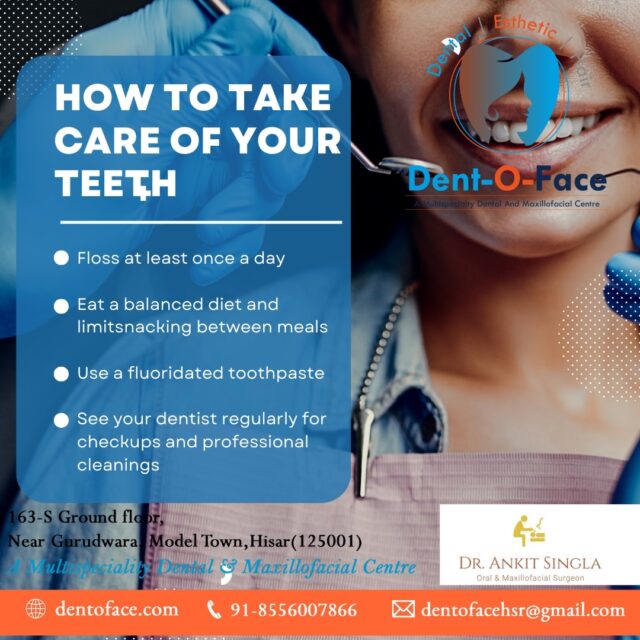“Healthy Gums”:- A Step-by-Step Guide
Introduction
Maintaining good oral hygiene is essential for overall health, and one crucial aspect of this is gum health. Healthy gums not only provide a strong foundation for teeth but also play a vital role in preventing gum diseases such as gingivitis and periodontitis. In this blog post, we will delve into the importance of gum health, specifically focusing on the role of flossing. We will guide you through an easy-to-follow step-by-step process, ensuring that you have all the necessary information to incorporate flossing into your daily oral care routine.
The Importance of Gum Health in Overall Oral Hygiene
Before diving into the specifics of flossing, it is crucial to understand why gum health is an integral part of overall oral hygiene. The gums, also known as gingiva, surround and support the teeth, acting as a protective barrier against bacteria and plaque. Neglecting gum health can lead to a host of oral health issues, including bad breath, gum infections, and even tooth loss.
Healthy gums create a tight seal around the teeth, preventing harmful bacteria from gaining access to the underlying tissues and bone structures. Additionally, a healthy gum line provides stability and support to the teeth, reducing the risk of tooth movement or loss.


The Role in Maintaining Healthy Gums
Now that we recognize the significance of gum health, let’s explore how flossing contributes to maintaining healthy gums. While brushing is essential for removing plaque from the surfaces of your teeth, it cannot thoroughly clean the tight spaces between them.
Flossing, the process of using a thin thread-like material to clean between the teeth, helps remove plaque and debris from areas that are difficult to reach with a toothbrush alone. By gently maneuvering the floss in a C-shape around the tooth and sliding it up and down, you can effectively remove plaque and food particles from the gum line.
Regular flossing not only prevents the build-up of plaque but also reduces the risk of gum inflammation and bleeding. It strengthens the gums, making them less susceptible to gum diseases and ultimately contributing to overall oral health.
An Overview
To ensure that you have a comprehensive understanding of how to incorporate flossing into your oral care routine, this blog post will cover the following key aspects:
The correct technique for flossing: We will provide a step-by-step guide on the proper flossing technique, including tips on how to hold the floss and navigate it between your teeth.
Types of floss: We will explore the various types of floss available in the market, such as waxed and unwaxed floss, flavored floss, and floss picks. This will enable you to choose the option that suits your preferences and needs.
Frequency of flossing: We will discuss how often you should floss to maintain optimal gum health and prevent dental issues. We will also address common misconceptions regarding flossing frequency.
Common flossing mistakes to avoid: Flossing incorrectly can be just as detrimental as not flossing at all. We will highlight some common mistakes people make while flossing and provide guidance on how to avoid them.
Flossing alternatives: We understand that flossing may not be suitable for everyone. Therefore, we will introduce alternative methods and tools that can effectively clean between your teeth and promote gum health.
By the end of this article, you will possess all the necessary knowledge and tools to embrace flossing as an integral part of your oral care routine, ensuring the continued health of your gums and overall well-being.
Remember, your gums deserves a lot of attention. Let’s dive into the world of flossing and unlock the secrets to healthier gums together!
What are healthy gums, and why are they important?
How do I know if my gums are healthy?
What causes gum disease, and how can I prevent it?
How often should I floss to maintain healthy gums?
What's the right way to floss for healthy gums?
Is it normal for my gums to bleed when I floss?
How can I soothe gum discomfort or gum sensitivity?
What are the benefits of healthy gums beyond oral health?
Are you searching for the best orthodontists , Visit Dent-O-Face
let know our doctor or go to
